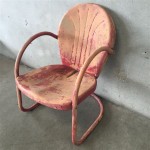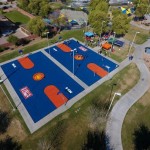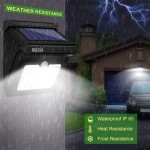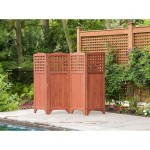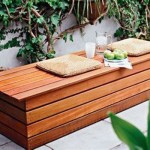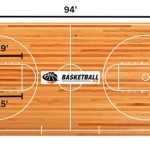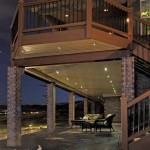Outdoor Planter Box Ideas
Outdoor planter boxes offer a versatile and stylish way to enhance the curb appeal of any home while providing a space for vibrant flowers, herbs, or vegetables. Whether you have a spacious yard or a small balcony, planter boxes can transform an area into a green oasis. This article explores various outdoor planter box ideas, providing inspiration for your next gardening project.
Elevated Planter Boxes
Elevated planter boxes are a practical and aesthetically pleasing option for gardens of all sizes. They offer several advantages, including:
- Improved Drainage: Raised planter boxes allow for better drainage, preventing waterlogging and root rot, especially in areas with heavy clay soil.
- Accessibility: Raised planter boxes provide easier access for planting, tending, and harvesting, reducing strain on your back and knees.
- Visual Appeal: Elevated planters create a sense of height and visual interest, adding dimension to your outdoor space.
Elevated planters can be constructed from various materials, such as wood, metal, or concrete. They can be designed in various shapes and sizes to complement your existing landscape design. For a rustic charm, consider using reclaimed wood pallets or vintage crates. Metal planters offer a modern and sleek aesthetic, while concrete planters add a touch of durability and permanence.
Vertical Planter Boxes
Vertical planter boxes are a space-saving solution for limited outdoor areas. They allow you to maximize your planting space by stacking multiple tiers of plants vertically. This method is particularly useful for small balconies, patios, or even walls.
There are numerous ways to create vertical planter boxes, including:
- Pallet Planters: Reclaimed wood pallets can be transformed into vertical planters by attaching small pots or creating individual compartments.
- Hanging Planters: Hanging planters come in various shapes and sizes, offering a decorative way to display your plants. You can choose from macrame hangers, metal brackets, or even repurposed items like old ladders.
- Wall-Mounted Planters: These planters attach directly to the wall, creating a vertical garden display. They are available in various materials, from plastic to metal to wood, and some include integrated irrigation systems.
DIY Planter Box Ideas
Creating your own DIY planter boxes allows for customization and unique expression. You can use readily available materials and tools to build functional and aesthetically pleasing planters.
Some simple DIY planter box ideas include:
- Wooden Planters: Use cedar, redwood, or other weather-resistant wood to construct a rectangular or square planter box. Cut the wood to the desired size and assemble it using screws or nails.
- Metal Planters: Repurpose metal containers, such as old buckets or galvanized tubs, as planters. Drill drainage holes in the bottom and decorate them with paint or stencils.
- Stone Planters: Natural stone pavers or flagstones can be used to create a robust and natural-looking planter box. You can create a raised bed by stacking the stone, adding a layer of landscaping fabric to prevent soil from escaping.
When constructing DIY planter boxes, be sure to choose the right materials and ensure proper drainage. It's also important to consider the size and weight of the planter box to ensure it can adequately support the weight of the soil and plants. You can add decorative elements like trellises, decorative stones, or colorful paint to enhance the aesthetic appeal of your DIY planters.
:max_bytes(150000):strip_icc()/lazyguydiy-9fe727073fef43bca79764e5c6ea8f44.jpg?strip=all)
11 Free Diy Raised Planter Box Plans

Easy And Inexpensive Diy Outdoor Planter Boxes Flower Window

45 Easy And Amazing Diy Wooden Planter Box Ideas You Can Make

Beautiful Diy Planter Box Ideas That Anyone Can Build

Easy And Inexpensive Diy Outdoor Planter Boxes Flower Window

Cedar Planter Boxes Diy Wooden Planters Garden Box Plans

How To Make A Simple Garden Planter Box Raised Bed

Stunning Planter Box Ideas Projects For Your Patio Ohmeohmy Blog

Stunning Planter Box Ideas Projects For Your Patio Ohmeohmy Blog

The 22 Diy Planter Box
Related Posts

